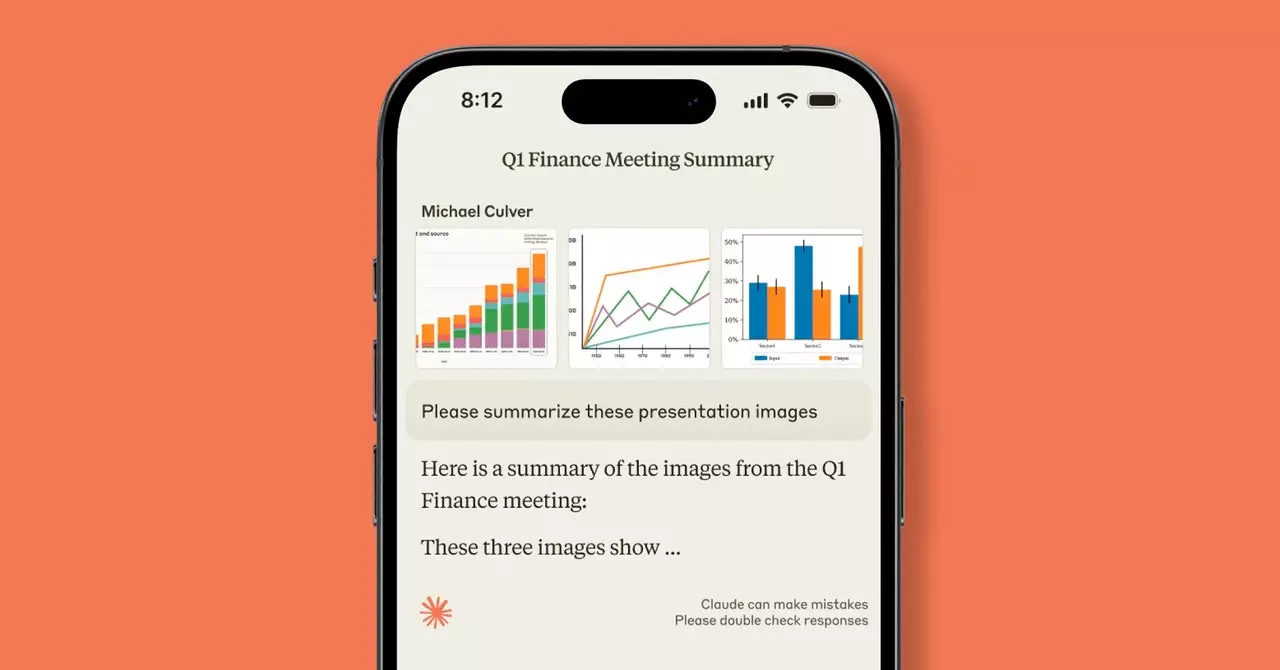In a world where technology continues to advance at a rapid pace, the utilization of AI chatbots has become increasingly common in various aspects of our lives. However, many users often struggle to fully maximize the potential of these chatbots due to their preconceived notions of how to interact with them. Joel Lewenstein, the head of product design at Anthropic, sheds light on the key to unlocking the full capabilities of AI chatbots through his experience with the Claude chatbot.
Decades of reliance on Google Search has conditioned us to input short, concise queries when seeking information. However, when it comes to engaging with AI chatbots like Claude, this approach falls short. According to Lewenstein, users should shift towards a more conversational style of communication rather than sticking to traditional keyword searches. By asking detailed questions and providing context, users can elicit more useful and accurate responses from chatbots.
Anthropic’s Claude chatbot incorporates AI image analysis as a feature to assist users in generating more meaningful conversations. Despite being a relatively new addition to the chatbot, this tool can serve as a powerful resource for initiating discussions with Claude. Lewenstein suggests using images as a starting point for conversations, emphasizing the importance of keeping the chatbot’s limitations in mind while exploring its capabilities.
When engaging with Claude or any other chatbot, users should be detailed and specific in their prompts to ensure desired outcomes. Providing clear instructions on formatting, tone, and audience expectation can significantly enhance the quality of responses received from the chatbot. Additionally, incorporating follow-up questions and feedback within the same conversation thread allows for a more seamless interaction and better guidance for the chatbot.
One of Claude’s notable strengths lies in its ability to analyze uploaded data, particularly text documents. This feature proves valuable in workplace settings for tasks such as spreadsheet management and email organization. Outside of work environments, users can utilize Claude to extract key insights from lengthy documents or transcripts, streamlining the process of information retrieval and analysis.
Incorporating a conversational approach when interacting with AI chatbots can facilitate a more engaging and natural exchange. By treating chatbots as interactive companions rather than automated tools, users can establish a rapport that leads to more personalized and insightful responses. Embracing the conversational aspect of chatbot interactions can enhance the overall experience and encourage ongoing engagement with AI technology.
As AI technology continues to evolve and improve, users are encouraged to remain open to exploring new chatbot tools and features. The dynamic nature of AI chatbots ensures that constant innovation and updates occur, making it essential for users to adapt and familiarize themselves with emerging advancements. By staying informed and willing to embrace change, users can harness the full potential of AI chatbots and maximize their benefits in various aspects of their lives.
Redefining how we interact with AI chatbots through conversational dialogue, detailed prompts, and adaptive approaches can unlock a wealth of opportunities for enhanced communication and productivity. By embracing the evolving landscape of AI technology and cultivating a collaborative relationship with chatbots, users can navigate the complex digital world with confidence and efficiency.


Leave a Reply